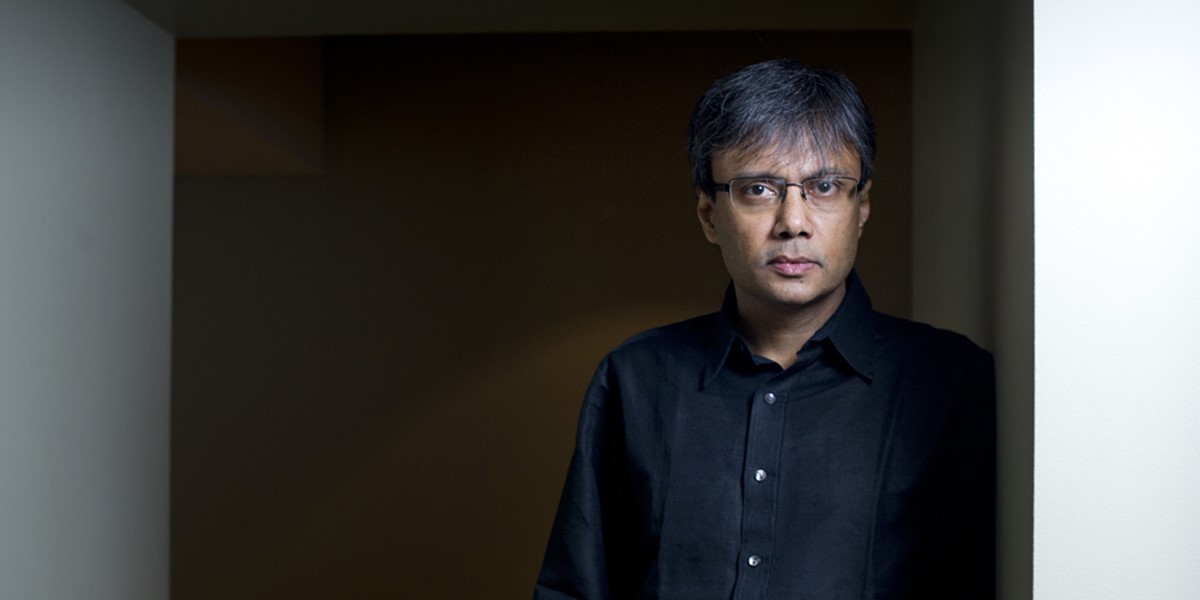Monday, July 5, 2021
Amit Chaudhuri | My World: “In Indian music every moment is a moment of arrival”
The author and musician talks to Simon Broughton about how he resisted Indian music growing up and the singers who finally kindled his interest

Amit Chaudhuri (photo: Geoff Pugh)

Register now to continue reading

Thanks for visiting the Songlines website, your guide to an extraordinary world of music and culture. Sign up for a free account now to enjoy:
- Free access to 2 subscriber-only articles and album reviews every month
- Unlimited access to our news and awards pages
- Our regular email newsletters

